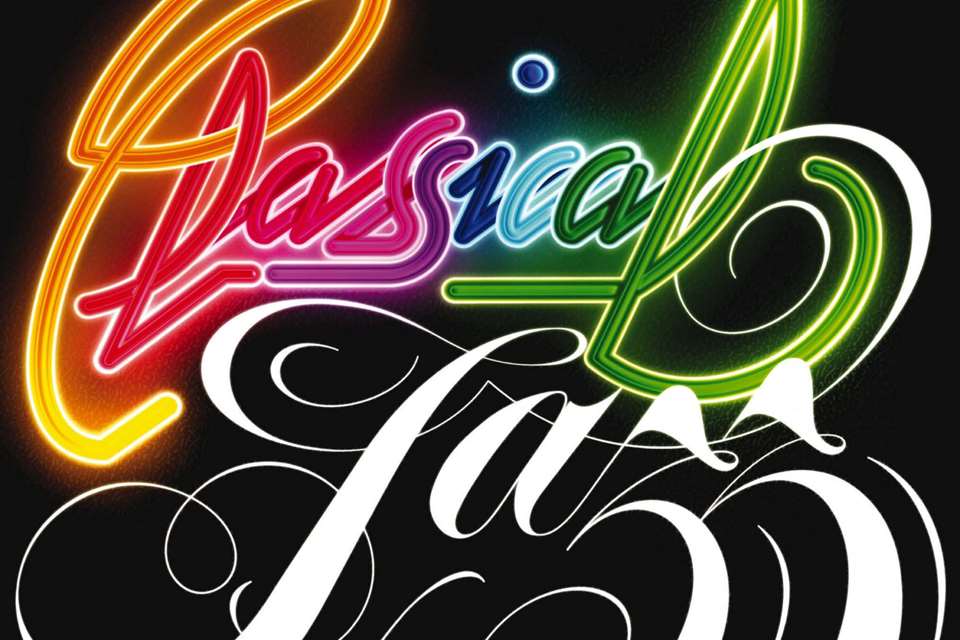Blurring the boundary between classical music and jazz
Iain Farrington
Friday, April 16, 2021
Composer and pianist Iain Farrington surveys the interwoven history of classical and jazz as his new album, 'Gershwinicity', is released on the Somm label

Register now to continue reading
Thanks for exploring the Gramophone website. Sign up for a free account today to enjoy the following benefits:
- Free access to 3 subscriber-only articles per month
- Unlimited access to our news, podcasts and awards pages
- Free weekly email newsletter









